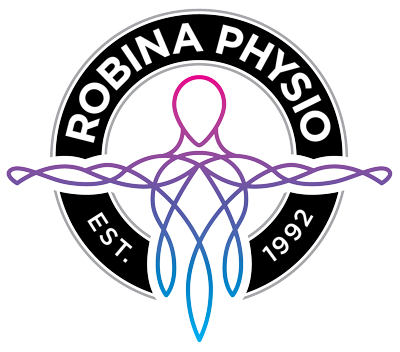SMART Goal Setting
Goal Setting and Injury Prevention
By Aaron Woolley, Physiotherapist.
The new year is upon us and with that tends to come some hefty new year’s resolutions. Most of the time these resolutions involve something to do with starting exercise, living a healthier life, losing weight and/or taking up a new skill. SMART goal setting is important to get the best out of your new year’s resolutions and preventing injuries.
At Robina Physio on the Gold Coast we tend to see some new injuries appearing that are related to people’s new goals and taking up activities their body is not yet accustomed to e.g. going the gym or starting running. So, the purpose of this blog is to help give you some tips for setting effective SMART goals helping you stick it out and achieve your goals and finally some important ways to minimise the risk of injury.
The information below should help minimise your injury risk, although if you happen to sustain an injury or would like to discuss goal setting in depth with us at Robina Physio on the Gold Coast BOOK ONLINE.
SMART Goal Setting
Getting your goals set out properly from the beginning is an incredibly crucial and underrated step. Getting this right will not only help with minimising setbacks but also is great for improving motivation especially when things get tough. But most importantly getting your goals right drastically improves your chances of achieving them.
I’m sure many of you have heard of SMART goals before. This is a very well-established tool for making great goals. The SMART acronym stands for SPECIFIC, MEASURABLE, ATTAINABLE, REALISTIC and TIMELY. Below are some of my keys too effective and SMART goal setting.
- Be clear (specific and measurable) about what you want to achieve. For example, just saying I want to be fitter doesn’t quite cut it. Cause when you do you actually know if you have achieved this and on your bad days you will feel like this goal is impossible to achieve (attainable).
- Try not to get overexcited about your new-found enthusiasm and aim for something that just isn’t possible based on your life (realistic). For example, if you have a full-time job and a family is it really possible to go to the gym or running everyday day of the week? Unlikely. You’re better off starting small to be sure your goal is attainable cause you can also alter it and increase things later on once the new habit and routine is established.
- A common thing people get wrong with goal setting is plain and simply not giving themselves enough time to achieve it. I recommend everyone should have a couple of short-term (4-12 weeks), medium-term (12 weeks – 6 months) and long-term goals (up to 12 months and beyond). Having your goals broken down like this is helpful for motivation cause those larger goals won’t seem as daunting and can give you a little boost when you achieve that smaller milestone. When trying to determine how long a goal will take many factors need to be considered but in general if you can give yourself a bit longer than you think do it. It feels much better to hit a goal earlier than expected than miss it and many people will realise half way through they can’t make the deadline and simply chuck in the towel instead of adjusting the timeframe.
So, let’s put together an example of a short-term goal using these principles. Let’s say this person wants to start running and has a longer-term goal of running the half marathon mid-way through the year in approximately 6 months. A couple of short-term goals may include.
- I want to run/walk 2-3 days per week for the next 4 weeks.
- Be able to jog the 5km ParkRun in 4 weeks.
As you can see these goals have all the attributes of SMART goal. We made sure its specific (wants to run), easily measurable (jog 5km ParkRun), attainable and realistic (run/walk 2-3 days per week allows some flexibility and not be over dominating) and is timely (4 weeks).
Minimising Injury Risk
This is a big topic in itself and one quick paragraph will not do it justice so I will write another in depth blog in the coming days to elaborate further. Below are a few small things you can implement right now that make a meaningful impact on your injury risk.
- Start small. If you haven’t been exercising lately then start really small. Going too hard too fast is the number one culprit for injury. Keep the sessions short and intensity low for the first week or 2. Your #1 aim at this stage should just be getting moving
- Build slowly. Steady and progressive overload is important here. Aim for an increase of between 10-20% per week. Anything above this is putting in danger zone for overload and injury. From time to time don’t be afraid to a have recovery week where the load slightly eases (but not stops).
- Consistency is key. Many if not most of tissues in the human body thrive on consistent physical load day to day and week to week. Try to avoid large peaks and troughs in weekly and monthly loads.
Happy new year from the team at Robina Physio on the Gold Coast. If you need some help getting on top of a new or existing injury or even some help with SMART goal setting Contact Us on (07) 5578 7233 or BOOK ONLINE today.



